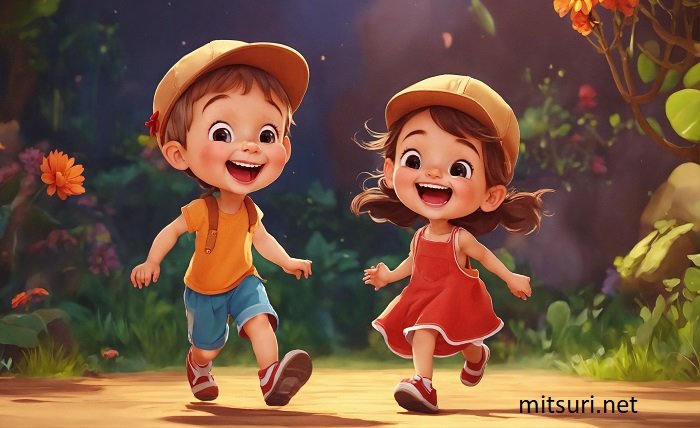Introduction
In today’s cultural milieu, cartoon characters are timeless and appealing to people of all ages and places. These characters have evolved from early animated shorts to contemporary digital creations, becoming famous representations of creativity and amusement that have an impact on popular culture and childhood development. This blog examines cartoon characters’ rich history, cultural influence, and upcoming trends, tracking their development from groundbreaking animations to international multimedia sensations.
Origins of Cartoon Characters
Cartoon characters first appeared in the early 20th century, when animators like Walt Disney and Max Fleischer transformed animation with figures like Mickey Mouse and Betty Boop. These pioneering animations established the foundation for the genre, captivating viewers all over the world with a blend of cutting-edge storytelling approaches and inventive tactics.
Iconic Cartoon Characters Through the Decades
Each decade produced enduring characters that helped to define their own age, from the whimsical charm of Mickey Mouse in the 1930s to the arrival of cherished Hanna-Barbera productions like The Flintstones and Scooby-Doo in the 1960s and 1970s. Saturday morning cartoons enjoyed a boom in the 1980s and 90s, introducing iconic characters like the Teenage Mutant Ninja Turtles and Optimus Prime. Characters from the digital age, like Finn the Human and SpongeBob SquarePants, continue to connect with younger audiences, demonstrating the timeless value of animated storytelling.
Psychological and Sociological Impact
Cartoon characters are important for a child’s growth since they are morality teachers, inspiration, and role models. Their varied representations also impact young viewers’ conceptions of gender, race, and identity by reinforcing society norms and ideals.
Cultural Significance
Cartoon characters operate as social commentators and cultural ambassadors, reflecting and influencing cultural ideals. Superheroes and Japanese anime, with their American optimism, and philosophies, are examples of cross-cultural characters who resonate with a wide range of people and promote cross-cultural exchange.
Evolution of Animation Techniques
From intricate hand-drawn animation to advanced computer rendering and motion capture technology, the evolution of animation techniques has completely changed how cartoon characters are rendered. These developments have improved visual narrative and opened up new creative avenues for filmmakers and animators alike.
Memorable Villains and Sidekicks
Remarkable antagonists like the Joker and Maleficent challenge heroes and captivate spectators with their menacing charm, adding depth and complexity to narratives. Sidekick characters play crucial roles in stories by offering assistance, humor, and emotional resonance. They might be devoted friends or hilarious counterpoint.
Marketing and Merchandising Power
With their ability to drive economic growth through item sales, theme park attractions, and multimedia franchises, cartoon characters have enormous marketing and merchandising power. Effective marketing strategies leverage the sentimental attachment that fans have to their favorite characters, making them into international icons.
Controversies and Criticisms
Cartoon characters are widely adored, yet they have come under fire for showing violence, encouraging consumerism, and supporting stereotypes. Concerns about their impact on younger audiences and how delicate subjects are portrayed raise ethical issues, which spark conversations about appropriate media representation and content control.
Influence on Other Media
An rising number of live-action films, television shows, and video games have been inspired by cartoon characters. The narrative universes of well-loved characters are expanded through cross-media franchising and spin-offs, which enhances their storytelling potential and increases their audience reach.
Future Trends and Innovations
With developments in augmented reality, virtual reality, and interactive storytelling, cartoon characters have a bright future. With the use of these technologies, audiences can become more actively involved in dynamic story experiences and go beyond being passive spectators.
Conclusion
In summary, cartoon characters have gone a long way from their modest origins to become cultural icons that influence entertainment, learning, and social standards. Their timeless appeal cuts across decades and geographic boundaries, demonstrating our shared inventiveness and imagination. Future developments in technology should open up even more opportunities for character and story development in the animation industry.
FAQ
What makes a cartoon character iconic?
Famous cartoon characters frequently have ageless attributes that make them memorable to viewers of all ages, like recognizable personality features and catchphrases.
How have cartoon characters influenced modern animation?
Cartoon characters have pushed the boundaries of inventiveness and technical mastery in animation methods, storytelling traditions, and audience participation.


